As soon as the Smithsonian Faculty Fellowship cohort arrived at the Donald W. Reynolds Center…
While our work has already been well on its way since the start of the Spring 2024 semester, the Smithsonian Faculty Fellowship’s 2024-2025 fellows embarked on their first museum visit on Thursday, February 29th.
The destination? The Smithsonian National Museum of Natural History (SNMNH)!
Our stalwart guide on the side, Philippa Rappoport of the Smithsonian Office of Educational Technology, arranged an impressive series of talks from the SNMNH’s best and brightest, including Igor Krupnik, Curator of Arctic and Northern Ethnology collections; Stephen Loring, Museum Anthropologist and Arctic Archaeologist; and Joshua Bell, Curator of Globalization and Chair of the Department of Anthropology.
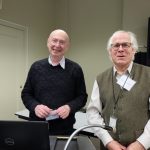
After our fellows grabbed lunch, found their seats, and enjoyed an in-person reunion, Rappoport welcomed us to the start of the Smithsonian Faculty Fellowship’s 27th year in partnership with the Smithsonian Institute! Then, Krupnik took the stage to share “Living on the Changing Planet: Why Indigenous Voices Matter.” In his 3rd lecture created specifically for the SFF, Krupnik underscored how,
historically, the world was quite late in acknowledging climate change realities, particularly global warming. And, even after NASA Climatologist James Hansen testified before the Senate Energy and Natural Resources Committee in 1988, it would take years later to invite indigenous voices and experiences into the climate change discussion. Krupnik chronicled the events that gradually led indigenous communities to share their expertise, which included the 1990s’ Arctic Early Call and the formations of the Alliance of Small Island States and The Arctic Council.
Ultimately, Krupnik shared five impactful indigenous messages with us:
- Message of Local Scale (or the need to scale down the climate model to focus on local people and their knowledge of the environment)
- Message of Self-Reliance (which spotlights the values of resource management and ecosystem stewardship)
- Message of Human Rights (which recognizes the climate change consequences and injustices faced by indigenous communities)
- Message of Community and Roots (which emphasizes indigenous philosophical contributions to the climate change discussion)
- Message of Action (which encourages a blend of traditional and modern practices to initiate climate change-informed projects)
These messages capably speak to Krupnik’s mission as a curator and anthropologist. He concludes that any kind of climate mitigation must be fully informed by past and present injustices and serve our world’s most vulnerable communities—often those pushed to the outskirts and forced to live in and adapt to dangerous, undesirable lands. The indigenous experience and philosophy are integral to local and global efforts to solve the climate crisis.
Another crisis we addressed with the help of Stephen Loring centered on the exhibit Lights Out: Recovering Our Night Sky, an incredible space in the SNMNH that quickly evolved beyond its photography exhibit roots to become an immersive experience of the consequences of and solutions to light pollution. As we toured the space with Loring, he was kind enough to offer time for our amazed gasps and energized asides. The images and artifacts throughout are simultaneously stunning and startling. Just take this display of birds, which, while beautiful and captivating at first glance, transforms into a macabre collection when recalling Loring’s presentation point: Millions of birds die every year because of light pollution. Later, Loring reminded us that, on cross-country road trips, we are less likely to collect a graveyard of bugs on our windshields. While we may be saving windshield fluid, we may not be wholly acknowledging a scary truth about bugs and the devastating impact of light pollution.
Several of Loring’s presentation bullet-points were discovered in action by our fellows as they explored the exhibit grounds. We talked about the light pollution in our neighborhoods, bemoaned the truth that we rarely see stars in the DMV area, considered the lampposts and other public lighting in our work and personal spaces, and shared where we have done our best stargazing. Dr. Melissa McCeney of MC’s Psychology Department recommended Kenya! She was at Mara Ripoi Conservancy in Ololaimutiek Village when she took this stunning photo: https://drive.google.com/file/d/1tL1e2kwdX50Z8rqVQwzWHjEviLojO7nf/view?usp=sharing
Many of us were especially captivated by Margaret Nazon’s “Night Sky“:
Teresa Lew, a professor of MC’s Germantown English and Reading Department, shares, “I loved hearing Stephen Loring discuss the intentional choice that the Smithsonian curators and exhibit staff make to incorporate a contemporary thread in their exhibits. In the Lights Out exhibit, a beaded tapestry of the night sky was side-by-side with an image of Van Gogh’s ‘Starry Night’ to demonstrate the deep connection and inspiration artists find within our natural world, particularly the stars in the sky. The science behind the Lights Out exhibit was very impactful, yet this artistic display served as an important reminder that much inspiration in human life often begins with our engagement with nature.”
Lew’s thoughtful words speak to the intellectual inquiry that these museum visits inspire, and, soon enough, she and the other fellows will be invited to share their ideas with their students!
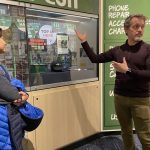
The second and final exhibit space we explored together was Cellphone: Unseen Connections, a special exhibit available through 2026. We were very fortunate to have its lead curator, Joshua Bell, as a tourguide, too. Within the exhibit, visitors can find over 750 objects, 33 unique changemakers’ profiles, and representative stories from at least 35 countries. One of the early highlights for us was a glass case of minerals, which, in addition to sharing beautiful depictions of the minerals within, also revealed thought-provoking facts: 24 of these minerals can be found in the human body; 65, on the other hand, can be found in our phones. The fellows also had a lot of fun looking for their old cellphone models in a glass tower threatening to explore with outdated technology. I was ecstatic to recognize my old phone: the Samsung Intensity II.
In the “Before Cellphones” room, we were transfixed by a wall of phone-relevant memorabilia.
Ted Shusterman shares, “The ‘Before Cellphones’ section of the Cellphone exhibit was a blast from the past! It seemed like most of us in our party still have a number of those ‘artifacts’ – land-line phones, boomboxes, VCRs, and… the fax machine?! I still have my binder of CDs on the shelf next to my stereo and record collection… and I recently picked up my parents’ old land-line phone for a future musical project… I watched a VHS tape on my VCR a month ago… Since when are these items considered artifacts if we still have them and they still function?”
Shusterman’s final question would certainly be appreciated by most of the fellows on our team, but it was funny to get the inside scoop from Bell as he walked us through the space and shared stories from the development side of things. While Cellphone: Unseen Connections can be enjoyed by any visitor, Bell shared the desired demographic was from 12-25 years old—folks just beginning to discover the power of science—and, to meet the needs of that audience, teens were indeed part of the consulting team. In fact, those younger consultants wanted the curators to remove the Star Wars emojis from the opening interactive screens—they just didn’t know what they were!
Fortunately, with the insights we have gained from Loring and Bell, we are certain this year’s Smithsonian Faculty Fellowship fellows will have little trouble inviting students into these exceptional exhibit spaces. They are equal parts captivating and challenging, and MC students of any discipline will benefit from their exploration! Thanks, Philippa, Igor, Stephen, and Joshua for sharing this richness with us!
To learn more about our visit, please explore Philippa Rappoport’s Smithsonian Learning Lab collection, which serves as an introduction to the opening panel of the 2024 Smithsonian-Montgomery College Faculty Fellowship Program: https://learninglab.si.edu/collections/2024-smithsonian-montgomery-college-faculty-fellowship-program-opening-panel-resources/UpxlP4BNQGuDV5K1.
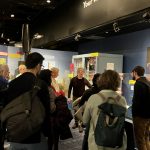
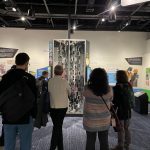
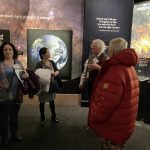
Photos by Teresa Lew, Matt Decker, Denise Dewhurst


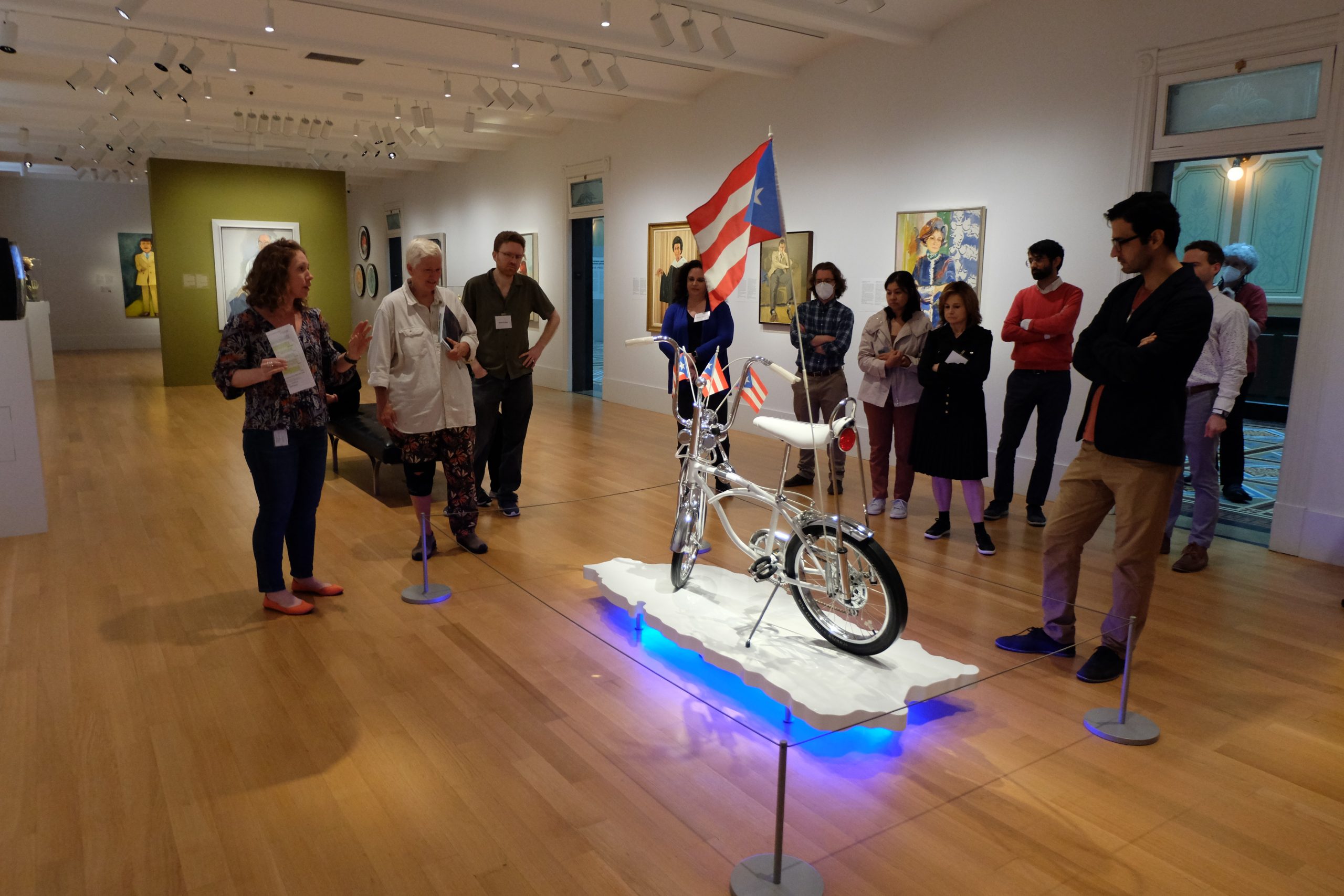

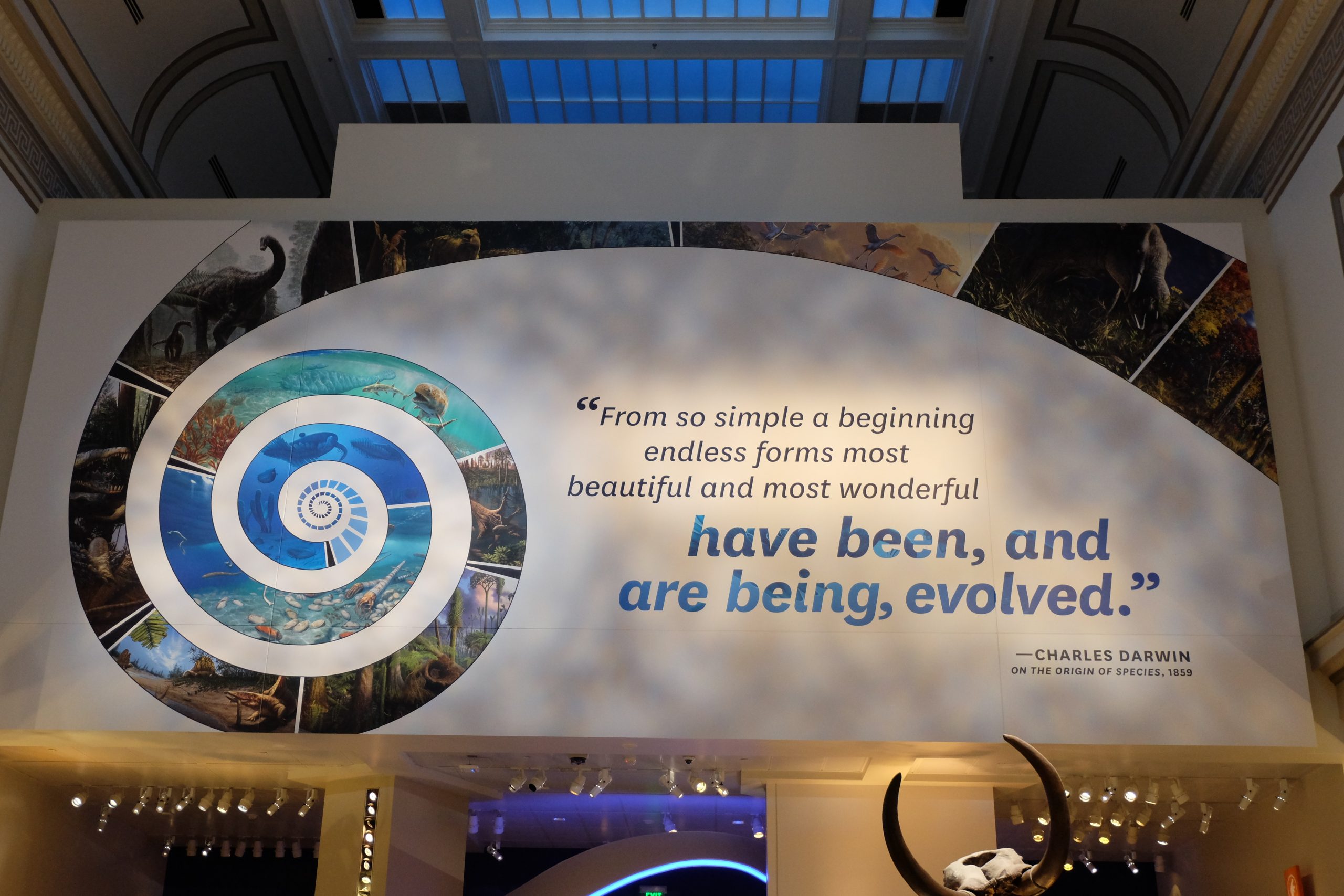
Wonderful account of a wonderful afternoon!